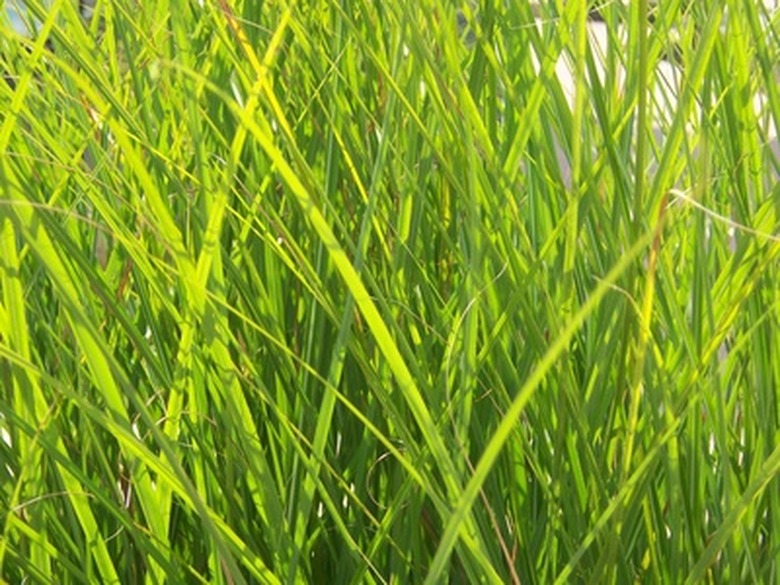Grass Growth Science Project
A science project exploring grass growth provides guidance on achieving the perfect lawn and restoring habitats. According to All Science Fair Projects.com, many golf courses' seek the most drought-resistant grass as well. Each experiment should test only one variable.
Drought-Resistance
Drought-Resistance
Select three to five grass types and plant the seeds in seed trays or plastic cups. Place the seed containers in sunlight or under a grow light and do not water. Record the daily growth rate and health of each grass. Calculate the length of time until each wilts or dies.
Types of Grass
Types of Grass
Another simple option starts with placing the seed containers with the different grass seeds in identical light conditions. Give each the same amount of water for four to eight weeks. Chart daily growth, noting which one(s) grow the fastest and stay the healthiest.
Light, Soil and Water
Light, Soil and Water
Fill each seed tray with soil and plant one type of seed. If testing soils, use a different soil in each one. Treat each container with the specified light or water conditions. Alternatively, you can give each container a different solution such as water, saltwater, sugar water, coffee or tea. Graph growth progress for four to eight weeks to draw conclusions about the best growth-producing conditions.
Cite This Article
MLA
Hooser, Tamara Christine Van. "Grass Growth Science Project" sciencing.com, https://www.sciencing.com/grass-growth-science-project-7334658/. 22 November 2019.
APA
Hooser, Tamara Christine Van. (2019, November 22). Grass Growth Science Project. sciencing.com. Retrieved from https://www.sciencing.com/grass-growth-science-project-7334658/
Chicago
Hooser, Tamara Christine Van. Grass Growth Science Project last modified August 30, 2022. https://www.sciencing.com/grass-growth-science-project-7334658/
